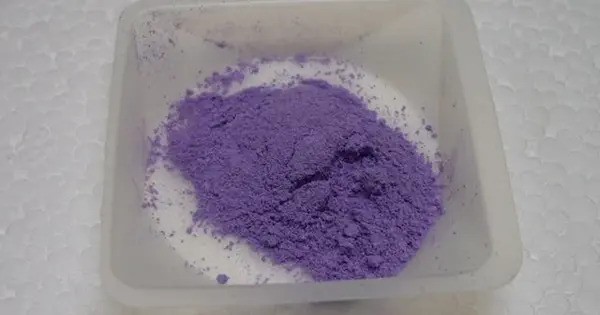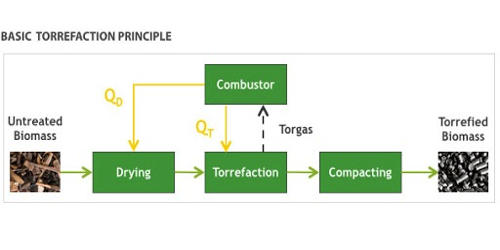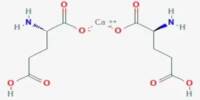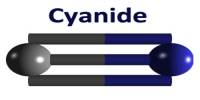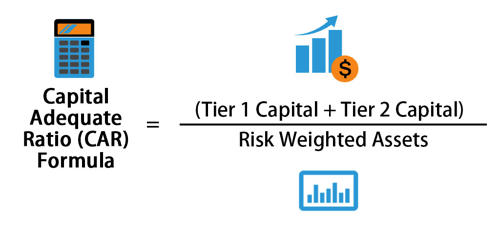Cobalt phosphate is the inorganic compound with the formula Co3(PO4)2. It typically appears as a violet to purple crystalline solid, a color characteristic of many cobalt compounds due to d–d electronic transitions. It is sparingly soluble in water but more stable in solid form, making it useful in various applications. It is a commercial inorganic pigment known as cobalt violet. Thin films of this material are water oxidation catalysts.
In nature, cobalt phosphate can occur in mineral forms such as vivianite-type structures or synthetic derivatives. It is known for good thermal and chemical stability, resisting decomposition under normal conditions. Cobalt phosphate often forms hydrates, with water molecules incorporated into its crystalline lattice, influencing its solubility and properties.
Properties
- Chemical formula: Co3(PO4)2
- Molar mass: 366.74231 g/mol
- Appearance: violet solid
- Density: 3.81 g/cm3
- Melting point: 1,160 °C (2,120 °F; 1,430 K)
- Solubility in water: insoluble
- Molecular Weight: Approximately 366.74 g/mol for the anhydrous form.
- Crystal Structure: It often crystallizes in a monoclinic or orthorhombic structure, depending on the hydration state and preparation conditions.
- Magnetic Properties: Due to the presence of cobalt(II) ions, it exhibits paramagnetic behavior, which is of interest in materials science.
- Thermal Stability: It is relatively stable at room temperature but may decompose upon heating, releasing phosphate-related compounds and cobalt oxides.
- Chemical Reactivity: Cobalt phosphate can act as a catalyst or precursor in chemical reactions, particularly in electrochemical applications like batteries and supercapacitors, due to its redox properties.
Preparation and structure
The tetrahydrate Co3(PO4)2•4H2O precipitates as a solid upon mixing aqueous solutions of cobalt(II) and phosphate salts. Upon heating, the tetrahydrate converts to the anhydrous material. According to X-ray crystallography, the anhydrous Co3(PO4)2 consists of discrete phosphate (PO3−4) anions that link Co2+ centres. The cobalt ions occupy both octahedral (six-coordinate) and pentacoordinate sites in a 1:2 ratio.
Application
Industrially, cobalt phosphate finds use in pigments, producing intense violet shades used in ceramics, paints, and glass. It also plays a role in catalysis, particularly in oxidation reactions, where cobalt ions act as active redox centers. Moreover, it has applications in electrochemistry, such as electrode materials for batteries, supercapacitors, and water-splitting systems, due to its electroactive properties.
